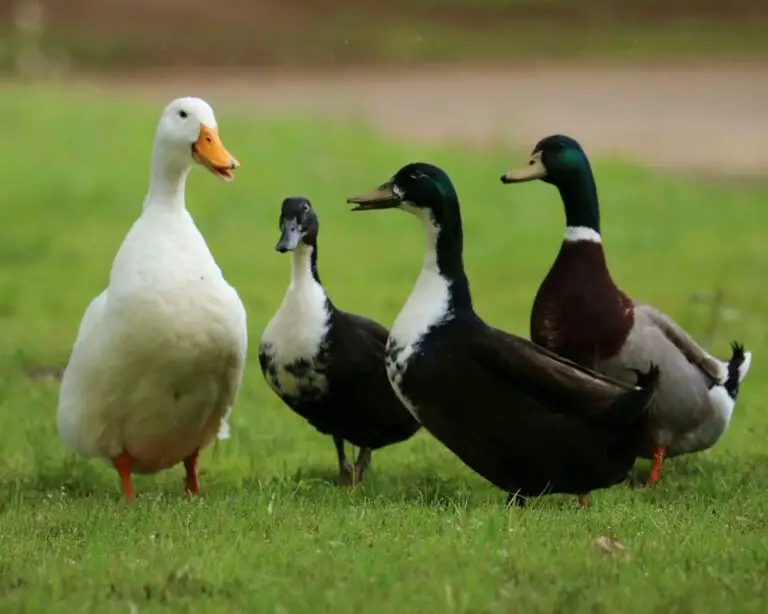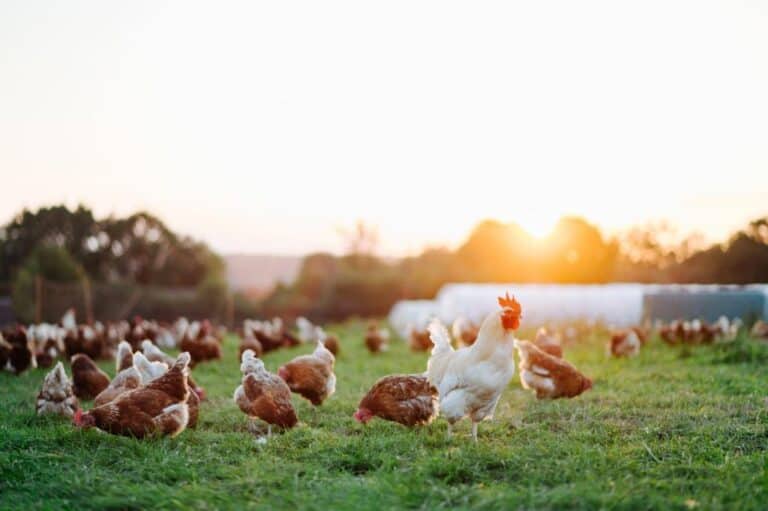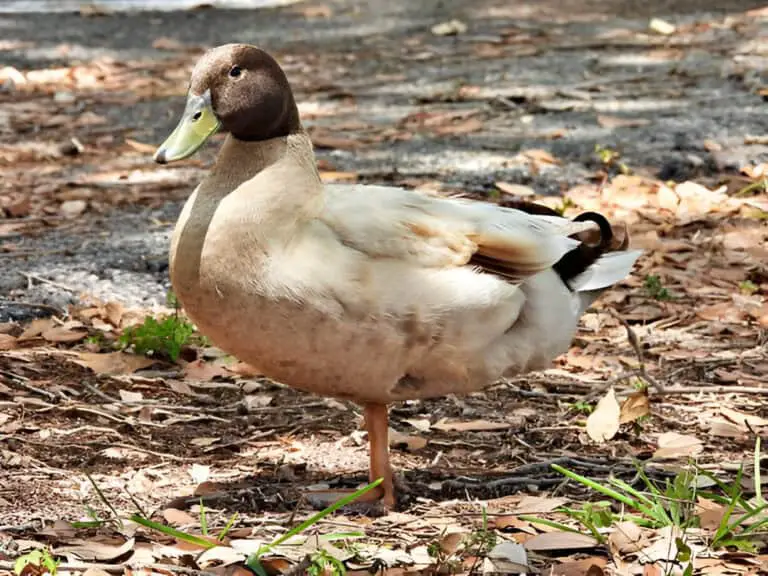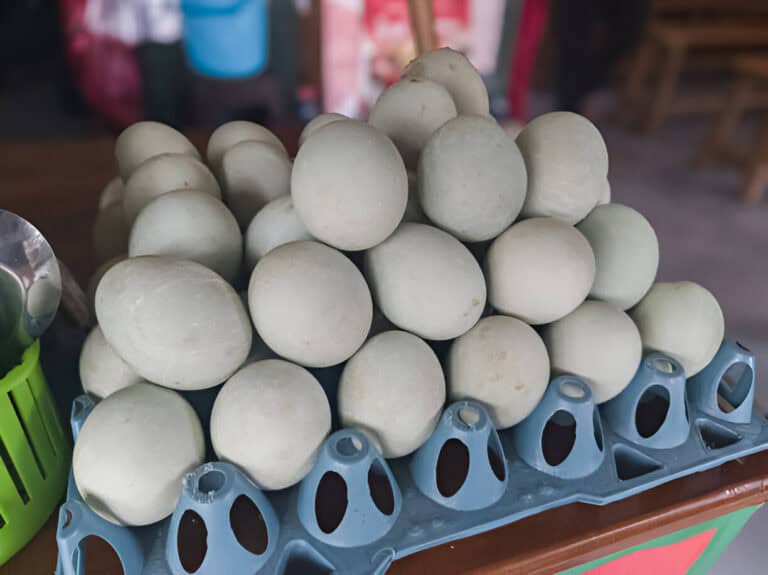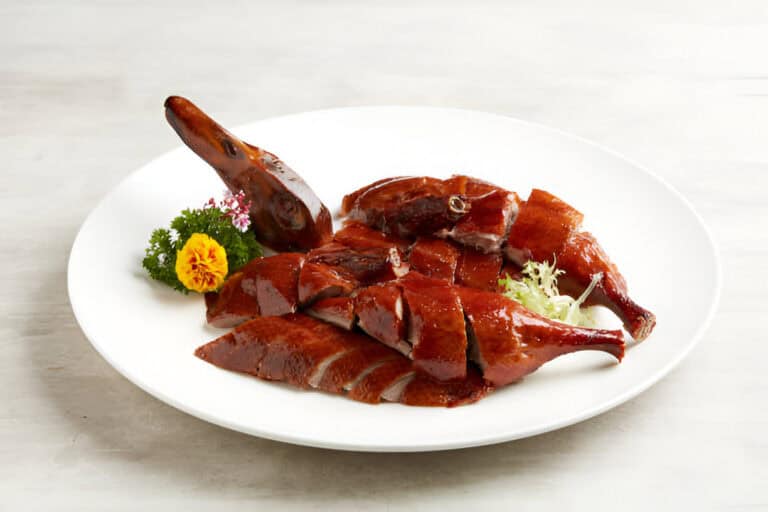Do KFC and McDonald’s Use Free Range Chicken?
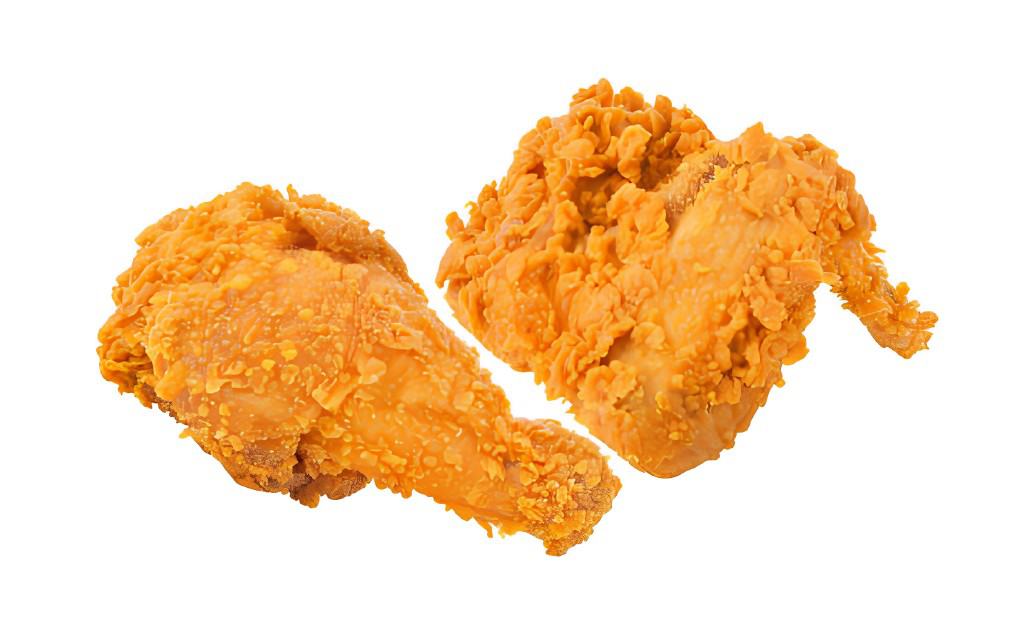
Nowadays, consumers are increasingly aware of and concerned about the ethical implications of their food choices. Beyond the tasty ads, we must investigate our favorite fast-food chains’ sourcing practices.
Take KFC and McDonald’s, for instance – two giants in the industry that have long held a strong presence around the globe. As these chains continue to dominate our lunchtime routines, we find ourselves wondering about their chicken sourcing practices.
Consider this: You are about to eat a Big Mac or a Zinger Burger, but have you considered the origin of those tasty chicken pieces? Are they raised free-range or confined to overcrowded industrial farms? The answer could affect animal welfare, environmental sustainability, and ethical consumption.
Join us as we embark on a journey through the world of poultry farming, exploring what free range truly means when applied to chickens. We’ll investigate whether KFC and McDonald’s live up to consumer expectations by providing sustainably sourced chicken that is allowed access to outdoor areas.
Understanding Poultry Sourcing Practices
Before we delve into the specifics of KFC and McDonald’s, let’s grasp the basics of poultry sourcing. The term “free-range” often floats around, but what does it really mean?
Free-range chickens have access to the outdoors, allowing them to engage in natural behaviors like scratching and pecking. This approach stands in contrast to conventional factory farming methods.
| Term | Definition |
| Free-Range | Chickens have access to outdoor areas for natural behaviors. |
| Conventional | Traditional factory farming with confined indoor spaces. |
| Cage-Free | Chickens are not in cages but may not have outdoor access. |
| Organic | Raised without antibiotics and on organic feed. |
Free-Range Farming Explained
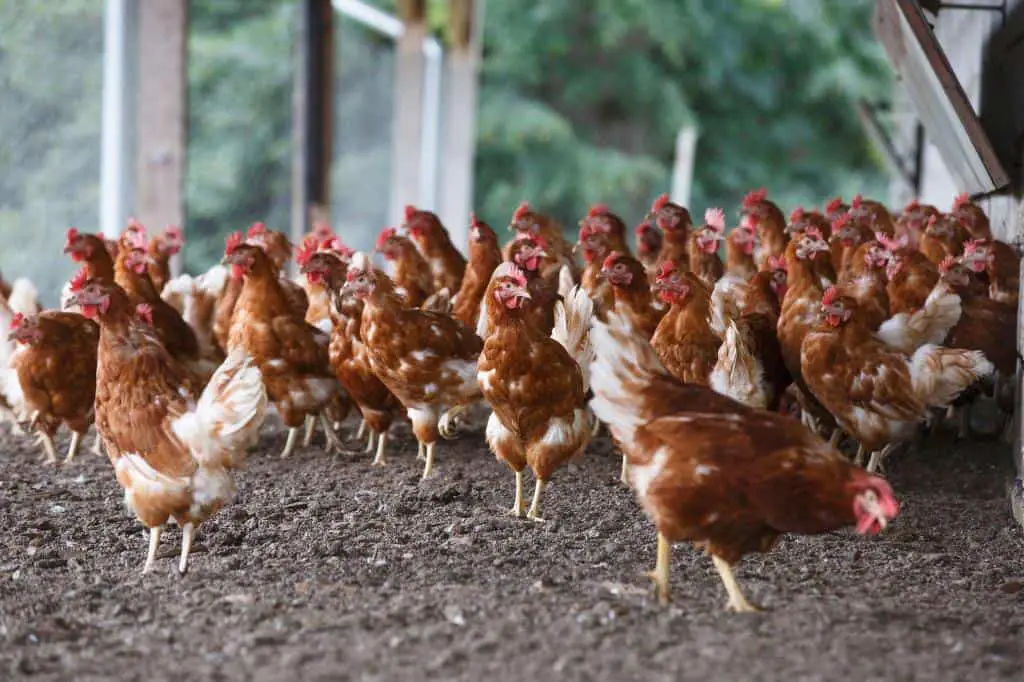
In recent years, there has been an increasing demand for food products that are sourced ethically and sustainably. Free-range farming is one such practice that has gained popularity in the agricultural industry.
When it comes to raising chickens, “free-range” means letting the chickens go outside during the day. This means they are not confined solely indoors but have the freedom to roam in a natural environment.
To meet the criteria for free-range classification, certain standards must be upheld. These typically include provisions for chicken welfare, such as providing adequate space for each bird. This ensures they can move around freely and engage in natural behaviors like pecking and scratching at the ground.
The birds are given access to outdoor spaces with vegetation or pasture. It allows chickens to graze on plants and insects while getting fresh air and sunlight.
While free-range farming may sound idyllic from an animal welfare perspective, there are considerations worth noting. When chickens spend more time outside, they are more likely to get diseases from wild animals or other chickens in the area. Moreover, factors like weather conditions can affect how often chickens actually go outdoors despite having access.
Even with these problems, a lot of people still choose free-range chickens. They think it is better than the intensive indoor farming methods that most large businesses use. But do fast-food chains like KFC and McDonald’s adhere to these practices? Let’s examine their sourcing strategies in more detail next.
| Also see: Do Free Range Chickens Need Grit? |
Welfare Considerations in Poultry Industry
The conventional poultry farming industry has long been criticized for its intensive and often inhumane practices. Many concerns revolve around issues such as overcrowded conditions, confinement systems, lack of access to natural behaviors, and the routine use of antibiotics.
In conventional farms, chickens are typically kept indoors with limited space for movement, which can lead to stress and physical health problems. This is the sad reality of chicken farming.
Opting for free-range chicken may offer a solution to these animal welfare concerns. Free-range chickens can peck, scratch, and dust bathe outdoors. This environment helps reduce stress levels and contributes to overall better welfare conditions.
By giving chickens access to a more natural lifestyle, there is a reduced need for routine antibiotic use. The risk of disease outbreaks is lower when birds have adequate space outdoors and are not confined within close quarters. This promotes healthier animals without compromising their well-being.
Free-range farming does not guarantee perfect conditions or eliminate all potential welfare problems entirely – challenges still exist even within this system. This method offers an alternative approach that prioritizes animal comfort and allows them greater freedom compared to conventional methods of rearing chickens.
Industry Standards Certifications
When it comes to getting chickens in an ethical way, there are well-known certifications that give rules and guarantees about how the chickens are treated. One such certification is the Global Animal Partnership (GAP) program. GAP rates animal welfare practices on a scale from 1 to 5+, with a higher number indicating better conditions for animals. The program includes standards for outdoor access, bird stocking density, and environmental enrichment.
Both KFC and McDonald’s have made commitments to improving their animal welfare practices in recent years. In terms of chicken sourcing, KFC has stated that it sources its chicken from suppliers who meet or exceed industry standards, although they do not explicitly mention any specific certifications like GAP.
On the other hand, McDonald’s has partnered with GAP since 2017 and committed to sourcing only chickens raised according to GAP’s highest standards by 2024.
While these companies have taken steps in the right direction regarding animal welfare, some critics argue that relying solely on industry certifications may not be enough. They emphasize the importance of transparency throughout the supply chain and engaging in continuous improvement rather than simply meeting the minimum requirements set forth by certifications.
Investigating KFC’s Chicken Sourcing Practices:
People who eat at KFC often want to know where their chicken comes from and if it comes from free-range farms. While KFC has not explicitly stated that their chicken is exclusively sourced from free-range farms, the company has put in place measures to ensure ethical poultry production.
KFC claims to have established a robust Animal Welfare Program that covers various aspects of chicken sourcing and farming practices. This program includes guidelines for animal welfare, including, but not limited to, transportation and humane slaughter practices. In addition, the company claims that all its suppliers must adhere to strict standards set by local authorities or industry bodies.
However, without a clear statement on using only free-range chickens in their products, some customers may question the exact conditions farm animals experience before reaching their plates.
It is worth noting that while there are potential benefits to raising chickens in free-range systems such as improved animal welfare and access to natural behaviors like pecking or scratching at the ground, there can also be drawbacks such as increased exposure to diseases or less efficiency compared with alternative farming methods.
As consumers continue to push for transparency in food production processes and demand higher sustainability standards, it remains important for companies like KFC to provide more detailed information about their chicken sourcing policies. By doing so, they can alleviate customer concerns regarding animal welfare while meeting increasing expectations around corporate responsibility.
Examining McDonald’s Chicken Sourcing Practices
McDonald’s, one of the world’s largest fast-food chains, has been under scrutiny in recent years for its chicken sourcing practices. The company asserts that it is committed to responsible sourcing and animal welfare. According to their Supplier Code of Conduct, they require suppliers to adhere to strict guidelines, including those related to animal health and well-being.
While McDonald’s does not explicitly state that they use free-range chicken, they claim that all of their chickens come from approved farms that follow industry best practices. However, some consumers argue that this lack of transparency raises questions about the actual conditions in which these birds are raised.
In comparison with other fast-food chains like KFC or Subway, which have publicly committed to using only cage-free eggs or antibiotic-free chicken, respectively, by specific target dates, McDonald’s seems less explicit about its commitment to using free-range chicken.
It remains uncertain whether customers can expect their McNuggets or McChicken sandwiches made from chickens reared in a more humane manner. Further investigation is needed for a clearer understanding of what lies behind McDonald’s claims regarding poultry sourcing standards.
Comparative Analysis
When it comes to the use of free-range chicken, KFC and McDonald’s have taken different approaches. While both companies have made efforts to address sustainability concerns, their commitments and practices differ.
KFC has been more proactive in addressing consumer demands for ethically sourced chicken. In 2017, they announced a commitment to sourcing only global corn-fed chicken that meets specific welfare standards by 2026. This includes providing birds with enriched environments and improved health management. KFC has also partnered with trusted suppliers who adhere to ethical animal husbandry practices.
On the other hand, McDonald’s has yet to fully commit to using free-range or sustainable chicken across all its products worldwide. The company sources free-range and organic chicken in some countries for pilot projects or regional market preferences, but it has no global policy.
Both companies face challenges when it comes to transitioning entirely to free-range farming methods due to scalability issues and potential impacts on pricing. However, KFC appears more committed towards making significant progress in this area compared to McDonald’s hesitant approach.
It is worth noting that industry standards related specifically to free-range labeling can vary between regions and are often not strictly defined or enforced. Therefore, it is crucial for consumers concerned about these issues to continue advocating for clear transparency from fast-food chains like KFC and McDonald’s regarding their sourcing practices.
Conclusion: Chicken Sourcing Practices at KFC and McDonald’s
After extensive research into the chicken sourcing practices of KFC and McDonald’s, it has become clear that neither fast food giant exclusively uses free-range chicken in their products. Both companies have different approaches to sourcing their poultry, but neither prioritizes free-range farming.
KFC sources its chickens from various suppliers around the world, and while some suppliers may claim to use free-range or cage-free methods for a portion of their chickens, these standards are not applied universally across all farms.
The company does take steps to ensure animal welfare through its Global Animal Welfare Policy, which sets guidelines for humane treatment of animals involved in its supply chain. However, this policy does not explicitly require the use of only free-range chickens.
Similarly, McDonald’s also works with multiple chicken suppliers globally and has established standards for animal welfare known as its Global Vision for Antibiotics program. While this program primarily focuses on reducing antibiotic usage in chicken production, it does not mandate the use of free-range farming methods either.
It is important to note that both companies have made commitments toward improving animal welfare practices over time. However, at present, there is no conclusive evidence that suggests they exclusively source from farms using free-range methods.
As consumers concerned about ethical practices and sustainability continue to advocate for better sourcing choices within the fast-food industry, it remains crucial to keep an eye on any updates or changes implemented by these major chains. Stay informed so that you can make more conscious decisions about where your food comes from.
FAQs
Do KFC outlets universally use free-range chicken?
No, KFC’s chicken sourcing practices vary globally. While KFC emphasizes ethical chicken farming, not all outlets exclusively use free-range chicken. The company employs a mix of sourcing methods to balance sustainability and meet consumer demand.
How does KFC contribute to sustainable chicken sourcing?
How does KFC contribute to sustainable chicken sourcing?
Does McDonald’s prioritize free-range chicken in its sourcing?
McDonald’s incorporates a combination of chicken sourcing methods, and not all outlets exclusively use free-range chicken. The company emphasizes a commitment to ethical practices, balancing sustainability with meeting consumer demand for its products.
What is KFC’s stance on ethical chicken farming?
KFC emphasizes ethical chicken farming in its poultry sourcing practices. While not exclusively free-range, the company commits to maintaining high standards for animal welfare and sustainable sourcing.
How do fast-food chains ensure transparency in their poultry sourcing?
Fast-food chains enhance transparency through disclosure of sourcing practices. While KFC and McDonald’s may not use exclusively free-range chicken, they provide information on their websites about sourcing policies and ongoing efforts to improve sustainability.
Is there a consumer-driven shift towards free-range chicken in fast food?
Yes, there’s a growing consumer demand for free-range and ethically sourced chicken. This trend encourages fast-food chains like KFC and McDonald’s to reconsider and adjust their poultry sourcing practices to align with evolving ethical expectations.

